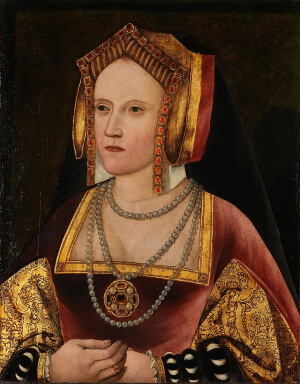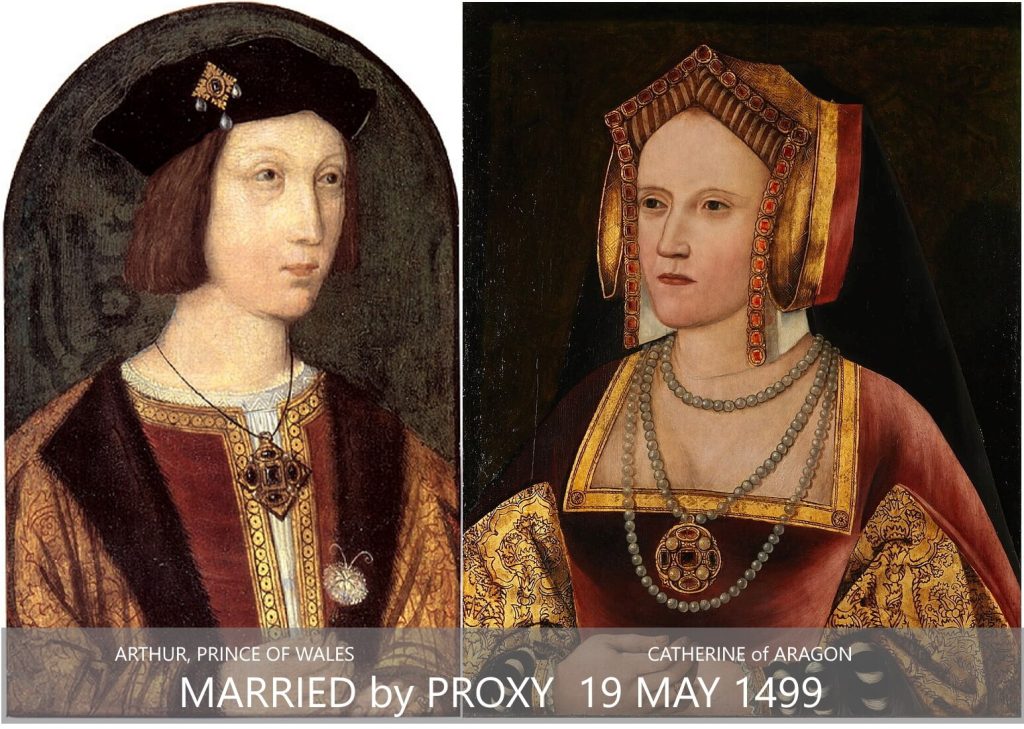Proxy marriage used to only refer to a marriage that had taken place between two upper-class people in different countries, territories or kingdoms. It often consisted of a prince and princess. Marriages such as these helped strengthen a region and another families standing in the country. Proxy marriages were made even when the bride and groom were babies.
Proxy Marriages Have been around for thousands of years. There were people who were married by proxy from all over the world. These marriages served to strengthen alliances or quash regional political problems. The very first step was to officially announce the engagement (betrothal). An engagement often involved children, toddlers or even babies. History has shown that a bride at the tender age of 3 months old had been arranged to be married off (typically when the bride was at least 12).
When the bride was of the appropriate age, usually 12 – 15 years old, a proxy marriage took place. It was similar to a real wedding ceremony, but with a stand-in for the groom. This stand-in was someone close within his family or another nobleman. The marriage was perfectly legal, but only between real spouses, and the proxy stand-in had no rights over the bride. Soon after, packing up the bride and her belongings and sending her off to her new home sent with officials who attended the wedding.
As soon as the bride arrived in the new country, the second wedding ceremony was often performed with her real husband, which was accompanied by more celebrations. There really was no need for a second ceremony, as the first was legally binding. But, a second celebration allowed the family the opportunity to demonstrate their wealth and importance to people in the region.
Proxy Marriage or Betrothal?
There was quite the difference in proxy marriages and a betrothal. A betrothal was simply a promise to be married in the future, much like our engagements are today. The problem with a betrothal in those times, while still legally binding, it was much easier for a betrothal to be cancelled should things change. A proxy wedding would have been much more difficult to be annulled and often included contacting the Pope.
Sometimes a betrothal was enough to solidify the relationship between two families. Some marriages were arranged when the bride to be was in her teens, or, had gone past the shelf-life of being a young bride. So, a betrothal, while still legally binding, was often used by families to ensure no marriage was revoked.
Why Were Proxy Weddings Needed?

Being married by proxy assured that neither family could allow the bride or groom to flee from the altar.
Proxy Weddings were Never Designed To Protect the Bride
Typically, proxy marriages were never about protecting the bride and her wishes for a happy life. She was essentially forced into a marriage with someone she had never met. While the bride and groom had often sent letters to one another as children (or never corresponding at all), and once face to face oftentimes love was lost. That being said, while the bride had no voice in the matter, the same cannot be said for the groom.
- Protecting the Family: If the family disliked the bride, or believed they were deceived by the other family they could attempt to have the proxy marriage annulled. But doing so meant they would need to appeal to the Pope as well, face scrutiny from their community, other nobles and royals.
- Protecting the Groom: If the groom believed he was deceived or didn’t care for the bride, he too could appeal to the Pope for annulment. This was a lengthy process that some grooms wouldn’t wait for and simply have the bride go “missing”.
- Protection for the Bride: The really only true protection the bride had was on her journey to her new home. The bride was always protected from hostile foreign armies, bandits and thieves upon her travels. If the bride were captured it would be up to the grooms family to retrieve her, no matter the price. In order to save face, the family must have done everything to assure the bride’s safe return. Other protection from marrying the worst groom ever? None. She went along with the marriage, was sent to a convent or went missing.
Proxy Marriage in Our Times
In our time, a proxy marriage is equally lawful and binding and only a few states allow for it. Here in Montana, a double proxy wedding is allowed meaning that neither the bride nor groom has to be present. There are stipulations though, such as, either the bride or groom must be a resident of Montana, or must be active duty military. When you want to know more about proxy weddings, please feel free to reach out to wedding proxy staff for immediate answers.


